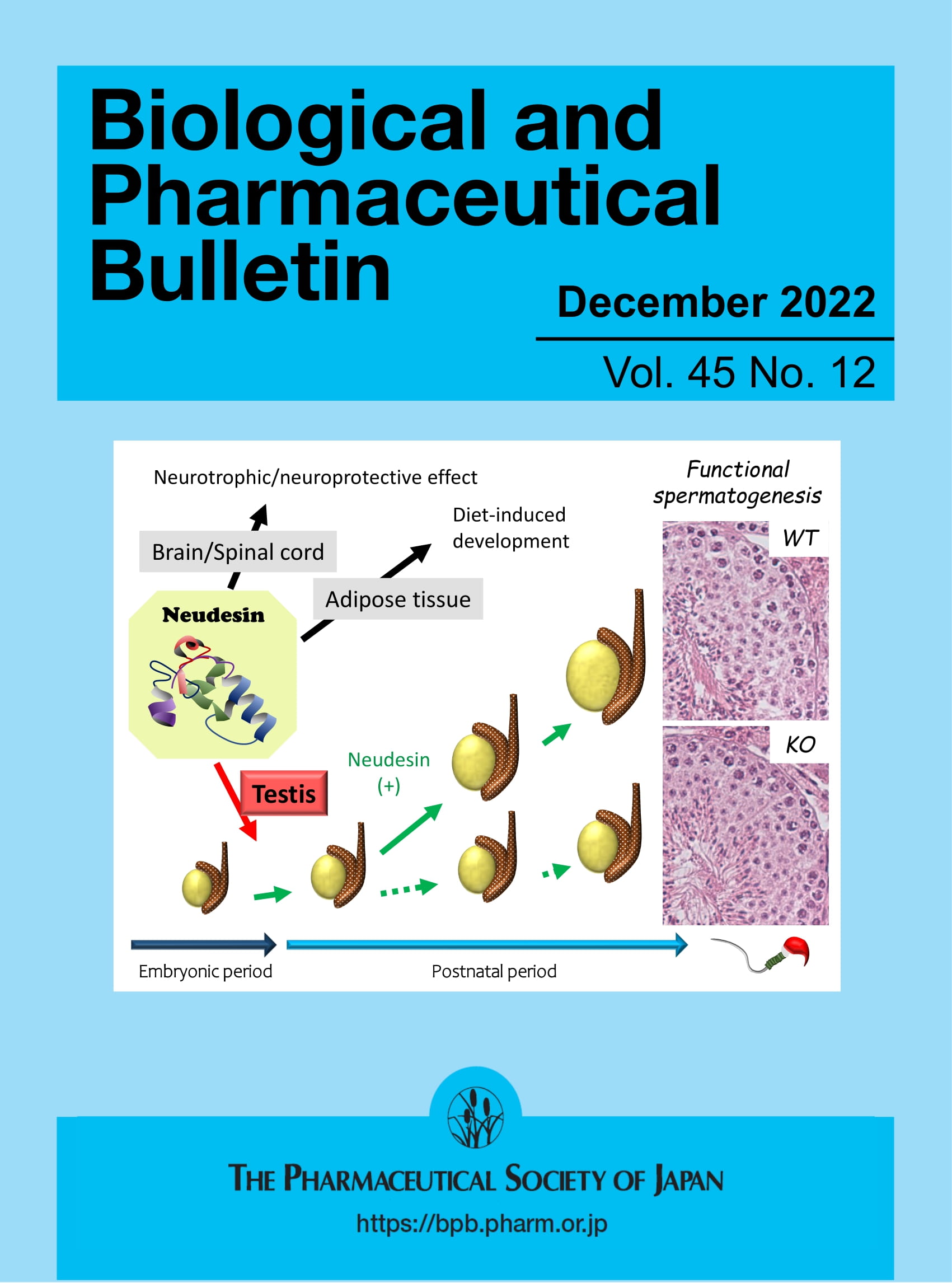Comprehensive Two-Dimensional Gas Chromatography–Mass Spectrometry for the Analysis of Atmospheric Particulate Matter
Abstract
Background
Atmospheric particulate matter (PM) is a complex mixture with a wide range of sources, but only a limited proportion can be identified by existing analytical techniques. Comprehensive two-dimensional gas chromatography–mass spectrometry (GC × GC-MS) couples the advantages on high resolution, sensitivity, and peak capacity on gas chromatography, together with the high mass accuracy and acquisition frequency of time-of-flight mass spectrometry (TOFMS). GC × GC-MS has been gradually applied on the analysis of environmental organic pollutants.
Aims
This review introduces the principles of GC × GC together with MS and discusses its application on organic compounds in atmospheric PM in the last two decades, so as to provide an outlook on the future trends of GC × GC-MS in this research frontiers.
Materials and Methods
The review synthesizes findings on the application of GC × GC-MS for analyzing organic pollutants in PM, covering its operational principles and the coupling with TOFMS to enhance mass accuracy and acquisition speed.
Results
GC × GC-MS has significantly improved the identification of PM-associated organic compounds by offering superior separation, peak capacity, and detection sensitivity. The technique has enabled the discovery of previously unresolvable compounds and enhanced source apportionment of PM.
Discussion
Despite its analytical advantages, the widespread application of GC × GC-MS in atmospheric studies is hindered by challenges such as complex data processing, instrument cost, and standardization issues.
Conclusion
GC × GC-MS offers superior separation and identification of complex pollutants, making it invaluable for environmental analysis and applications. Emerging technologies, such as machine learning, will enhance its analytical capabilities and broaden its future applications.

 求助内容:
求助内容: 应助结果提醒方式:
应助结果提醒方式:


